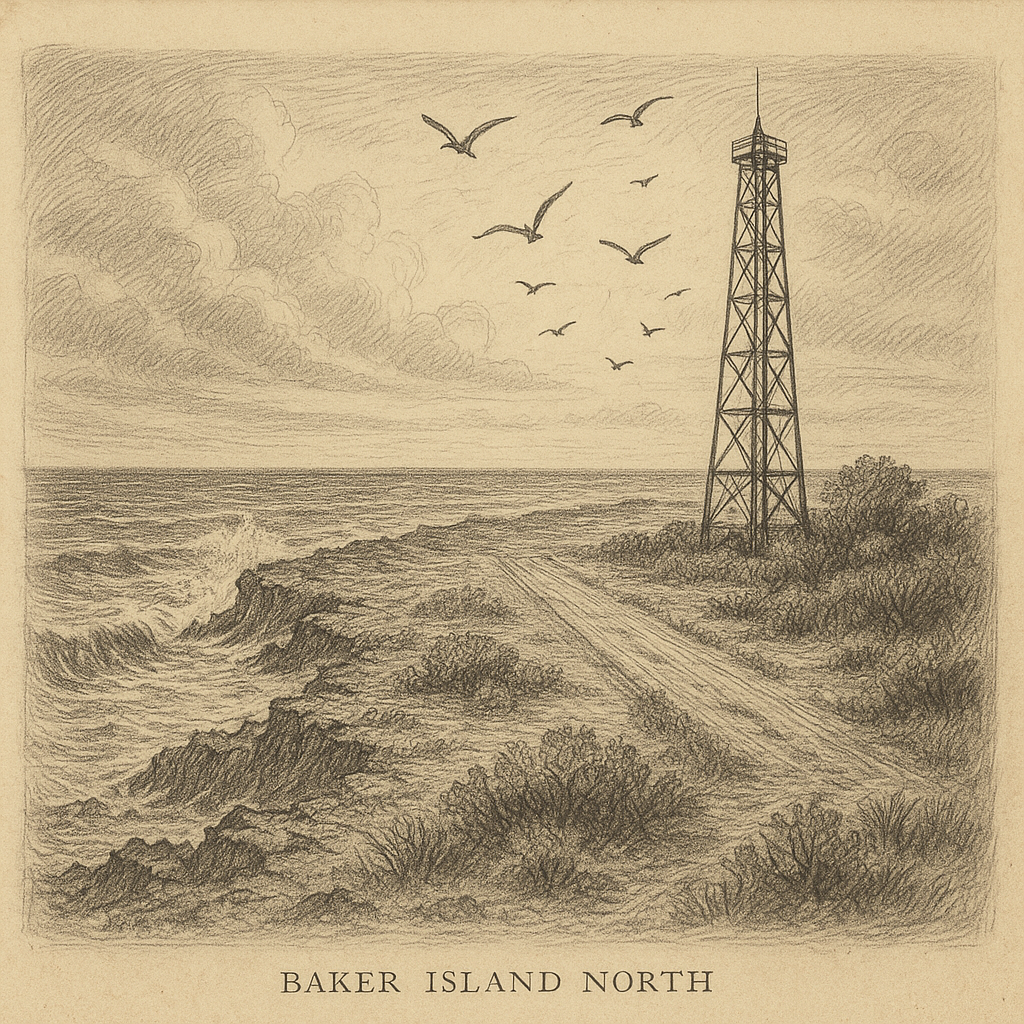Deception Island: A Volcano Shrouded in Mystery
Introduction
Deception Island, part of the South Shetland Islands archipelago, is one of the most intriguing and enigmatic locations in Antarctica. Its unique geographical features, volcanic history, and remote location have made it a subject of interest to scientists, explorers, and storytellers alike. Surrounded by icy waters and frequently engulfed in fog, the island lives up to its name, offering both danger and beauty in equal measure.
Geography and Location
Deception Island is located in the South Shetland Islands, just off the northern tip of the Antarctic Peninsula. It lies about 1,200 km (750 miles) south of Tierra del Fuego, the southernmost tip of South America. The island is easily recognizable due to its horseshoe shape, which encloses a large natural harbour known as Port Foster. This structure was formed by a collapsed caldera, making Deception Island one of the very few places in the world where ships can sail directly into the centre of an active volcano.
Volcanic Origin and Geological Features
Deception Island is an active volcano and has experienced several eruptions in modern history, including significant events in 1967, 1969, and 1970. These eruptions reshaped parts of the island, destroyed scientific research stations, and led to the abandonment of several bases. The island’s caldera measures about 10 km in diameter and is flooded by the sea, forming a protected bay with geothermal activity, hot springs, and fumaroles.
The volcanic soil of the island, combined with geothermal heating, creates microclimates that can support limited vegetation, such as moss and lichen—rare for Antarctica. The island is also noted for its black sand beaches, formed from volcanic ash and rock, which contrast starkly with the surrounding snow and ice.
Flora, Fauna, and Ecosystem
Despite the harsh conditions, Deception Island hosts a unique and resilient ecosystem. Over 18 species of mosses and lichens grow here, some of which are thermophilic, tolerating the island’s geothermal conditions. The island is also considered a significant breeding site for several seabird species, including the chinstrap penguin, Cape petrels, and skuas.
The surrounding marine environment is rich in krill, fish, and other organisms that attract larger predators like seals and whales. The relatively warm waters of Port Foster provide a haven for marine life and are considered biologically significant in an otherwise frozen landscape.
Scientific Research and Human Presence
Deception Island has drawn scientific interest for decades due to its geology, climate, and biology. Multiple countries, including the United Kingdom, Argentina, and Spain, have established temporary or seasonal research stations on the island.
The UK’s former base, known as Base B, was partly buried by volcanic ash and is now preserved as part of the Historic Sites and Monuments of Antarctica. Argentina’s “Decepción” base operates seasonally and conducts volcanology, meteorology, and glaciology research. Entry into Deception Island is regulated under the Antarctic Treaty System, and all visits, whether for scientific or tourism purposes, must adhere to strict environmental protocols.
Touring Deception Island
Access to the island is limited and typically occurs via small expedition vessels as part of Antarctic cruises. Passengers often enter Port Foster through Neptune’s Bellows, the narrow and treacherous entrance to the caldera. Once inside, visitors can explore the remains of the old whaling station at Whalers Bay, hike up volcanic ridges for panoramic views, or even take a brief dip in the geothermally warmed waters—a tradition known as the “polar plunge.”
Due to safety concerns related to volcanic activity and extreme weather, all visits are carefully monitored and coordinated. Although the experience is far from luxurious, the island’s stark beauty and surreal atmosphere leave a lasting impression on its rare visitors.
Interesting Facts
– Deception Island is one of the only places on Earth where you can sail directly into the centre of a volcano.
– The island was once home to a thriving whaling industry. Between 1911 and 1931, it served as a major whaling station before being abandoned.
– The geothermal activity is strong enough to warm parts of the beach, allowing for the rare Antarctic “hot spring” experience.
– Despite repeated volcanic eruptions, the island continues to serve as a seasonal base for scientists.
– Deception Island has been the site of several failed attempts at permanent human habitation due to its unpredictable eruptions.
Legends and Mysteries
Many stories and legends have emerged regarding Deception Island, largely fueled by its remote location, eerie landscape, and violent volcanic past. Sailors from early expeditions reported strange lights and compass malfunctions near the island—phenomena often attributed to geothermal or magnetic anomalies.
One enduring legend tells of a ghost ship, said to haunt the foggy caldera. According to the tale, a Norwegian whaling vessel lost in a storm sought refuge in Port Foster but was never seen again. Locals whisper that it can still be spotted drifting silently through the mist, a ghostly reminder of nature’s unforgiving power.
Another story, more grounded in historical fact, involves the mysterious disappearance of a scientific research team in the mid-20th century. While later attributed to a sudden volcanic event and evacuation complications, the incident added to the island’s reputation as a place where human plans are easily thwarted by nature’s whims.
Conclusion
Deception Island stands as a testament to the raw power and mystery of our planet. A place where fire meets ice, it challenges our understanding of survival, ecology, and even reality. For scientists, adventurers, and storytellers, the island offers a unique glimpse into a world shaped by elemental forces and steeped in legend. Although it is remote and inaccessible to most, Deception Island continues to capture the imagination of those who dare to explore its deceptive shores.


